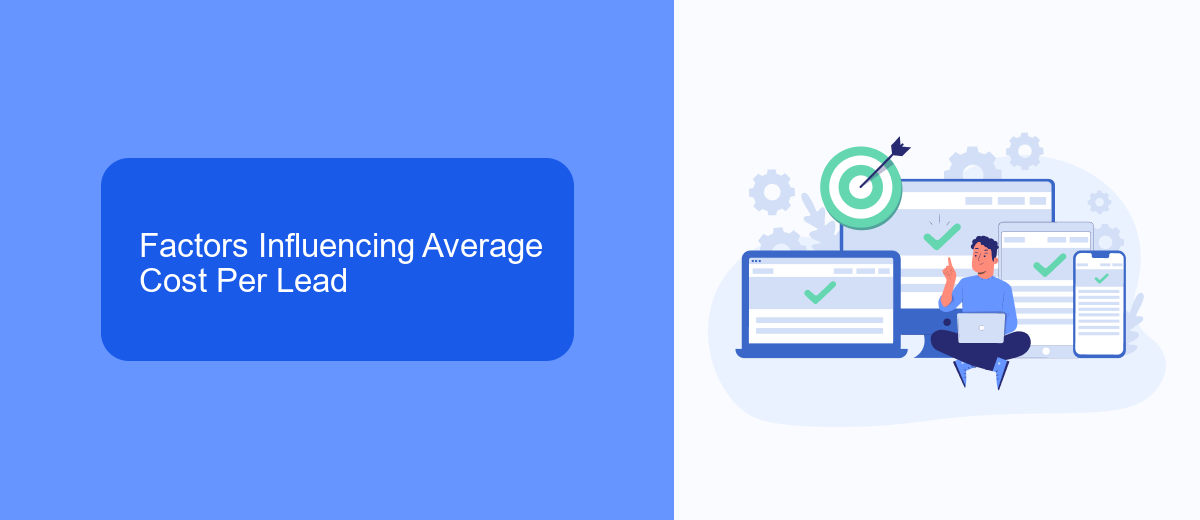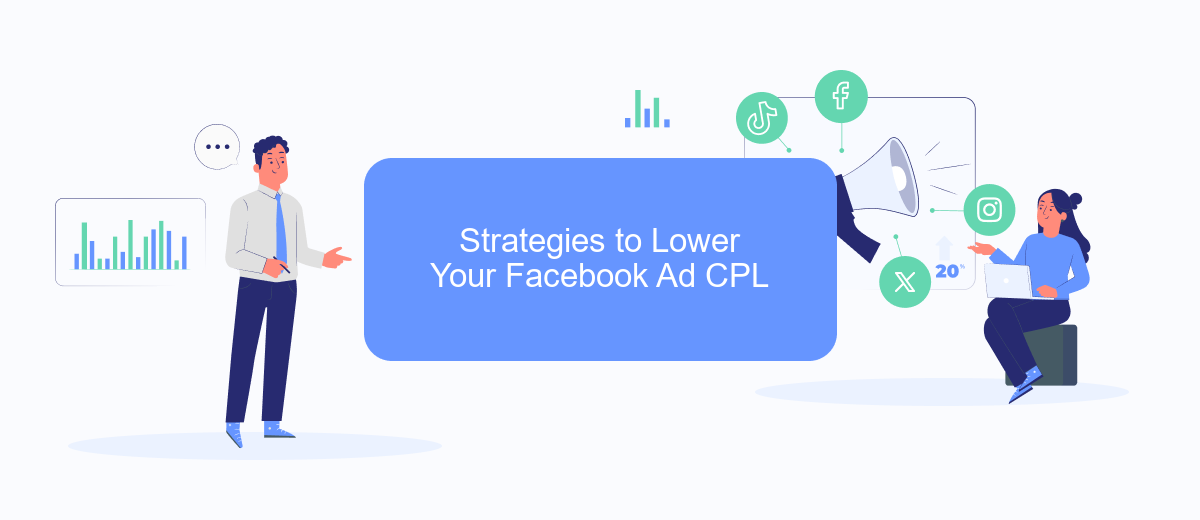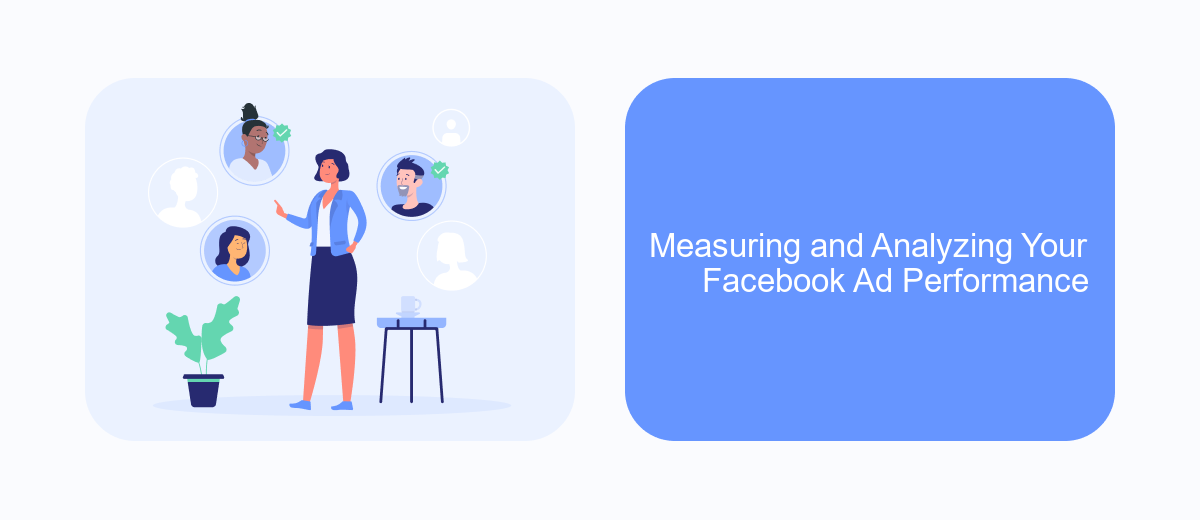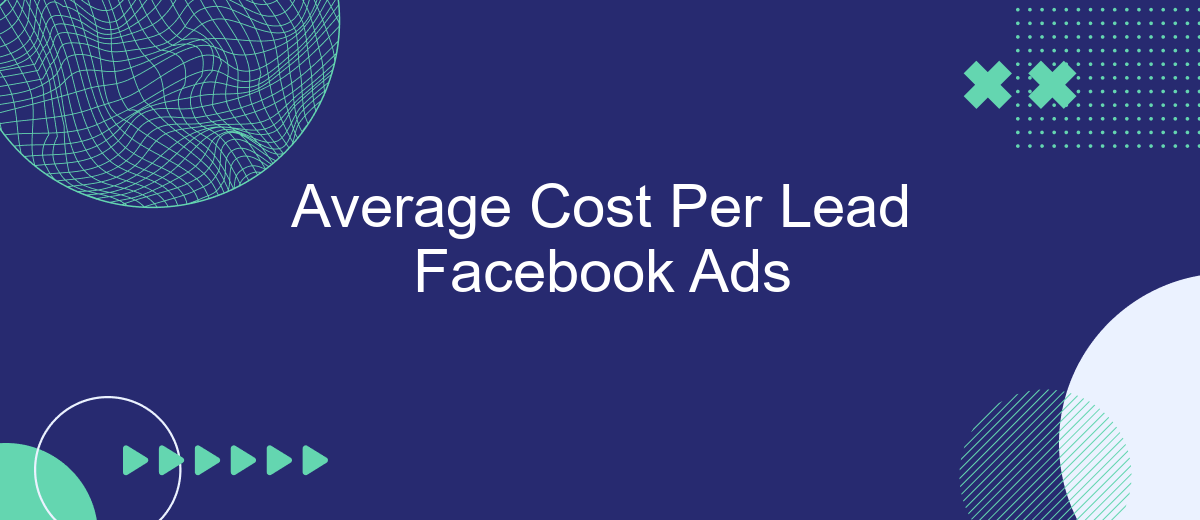In the ever-evolving landscape of digital marketing, understanding the average cost per lead (CPL) for Facebook Ads is crucial for businesses aiming to optimize their advertising budgets. This metric provides valuable insights into the efficiency and effectiveness of ad campaigns, helping marketers make informed decisions. By analyzing CPL, businesses can better allocate resources, refine targeting strategies, and ultimately enhance their return on investment in the competitive realm of social media advertising.
Understanding Facebook Ad Costs and Lead Generation
Understanding the costs associated with Facebook Ads is crucial for effective lead generation. Facebook Ads operate on a bidding system, where advertisers compete to display their ads to a targeted audience. The cost per lead can vary significantly based on factors such as the industry, target audience, and ad quality. By comprehending these costs, businesses can optimize their advertising strategies to achieve a better return on investment.
- Ad Placement: Costs differ based on where the ad is shown, such as in the news feed or side column.
- Targeting: Highly specific audience targeting can increase costs but improve lead quality.
- Ad Quality: High-quality ads with relevant content often lead to lower costs per lead.
- Competition: More competition in a niche can increase the cost per lead.
To effectively manage Facebook Ad costs, businesses should regularly monitor their campaigns and adjust strategies as needed. A/B testing different ad creatives and audience segments can help identify the most cost-effective approaches. By understanding and adapting to the dynamics of Facebook Ad costs, businesses can enhance their lead generation efforts and maximize their advertising budgets.
Factors Influencing Average Cost Per Lead

Several factors can significantly influence the average cost per lead (CPL) on Facebook Ads. Firstly, the target audience plays a crucial role; narrower audiences with specific interests often lead to higher CPL due to increased competition. Additionally, the quality and relevance of the ad content can impact costs, as engaging and well-targeted ads tend to have higher click-through rates, reducing the CPL. The time of year and industry trends can also affect costs, with certain periods and sectors experiencing more competition, thus driving up prices.
Another important factor is the campaign's optimization and integration with other tools. Utilizing services like SaveMyLeads can streamline lead management, ensuring that leads are efficiently captured and followed up on, potentially reducing the overall CPL. Effective budget management and bid strategies are also essential, as they allow advertisers to maximize their reach and engagement within their budget constraints. By understanding and optimizing these factors, businesses can achieve a more cost-effective lead generation strategy on Facebook.
Strategies to Lower Your Facebook Ad CPL

Lowering your Facebook Ad Cost Per Lead (CPL) is crucial for maximizing your marketing budget and increasing your campaign's return on investment. By implementing effective strategies, you can attract more leads at a reduced cost. Here are some proven methods to consider:
- Target Audience Refinement: Make use of Facebook's detailed targeting options to reach a more specific audience that is more likely to convert. Regularly update and refine your audience based on performance data.
- Ad Creative Optimization: Test different ad formats, visuals, and copy to determine what resonates most with your target audience. A/B testing can help identify the most effective ad elements.
- Utilize Retargeting: Implement retargeting strategies to re-engage users who have previously interacted with your brand. This approach often results in higher conversion rates at a lower CPL.
By focusing on these strategies, businesses can significantly reduce their Facebook Ad CPL. Regularly analyzing campaign performance and making data-driven adjustments will ensure that your ads remain cost-effective and impactful. Remember, the key to success is continuous optimization and adaptation to changing market dynamics.
Measuring and Analyzing Your Facebook Ad Performance

To effectively measure and analyze your Facebook ad performance, it's essential to utilize the comprehensive tools available within Facebook Ads Manager. This platform provides detailed insights into how your ads are performing, allowing you to make informed decisions to optimize your campaigns.
Start by regularly reviewing key metrics such as reach, engagement, and conversion rates. These metrics provide a snapshot of how well your ads are resonating with your target audience. By understanding these figures, you can identify which ads are driving results and which need adjustments.
- Cost Per Lead (CPL): Evaluate how much you are spending to acquire each lead.
- Click-Through Rate (CTR): Measure the effectiveness of your ad in encouraging users to take action.
- Return on Ad Spend (ROAS): Determine the revenue generated for every dollar spent on ads.
By consistently monitoring these metrics, you can refine your advertising strategy to enhance performance. Utilize A/B testing to experiment with different ad formats, creative elements, and audience targeting. This approach enables you to identify the most effective combinations and allocate your budget more efficiently.
- Automate the work with leads from the Facebook advertising account
- Empower with integrations and instant transfer of leads
- Don't spend money on developers or integrators
- Save time by automating routine tasks
Benchmarking and Industry Averages for Facebook Ad CPL
Understanding the average cost per lead (CPL) on Facebook Ads is crucial for businesses aiming to optimize their advertising budgets. Benchmarks vary significantly across industries, with sectors like technology and finance often experiencing higher CPLs due to competitive markets. On average, businesses may see a CPL ranging from to , but these figures can fluctuate based on factors such as target audience, ad quality, and campaign objectives. Regularly comparing your CPL against industry standards can help identify areas for improvement and ensure your campaigns are cost-effective.
To streamline the process of benchmarking and managing leads, integrating automation tools like SaveMyLeads can be highly beneficial. SaveMyLeads allows businesses to automatically transfer lead data from Facebook Ads to their CRM or other platforms, ensuring timely follow-ups and better resource allocation. By leveraging such integrations, companies can focus on refining their ad strategies to achieve a more favorable CPL, ultimately enhancing the return on investment from their Facebook advertising efforts.
FAQ
What is the average cost per lead on Facebook Ads?
How can I reduce the cost per lead on Facebook Ads?
What factors influence the cost per lead on Facebook Ads?
How can I automate lead management from Facebook Ads?
Is a high cost per lead always bad?
If you use Facebook Lead Ads, then you should know what it means to regularly download CSV files and transfer data to various support services. How many times a day do you check for new leads in your ad account? How often do you transfer data to a CRM system, task manager, email service or Google Sheets? Try using the SaveMyLeads online connector. This is a no-code tool with which anyone can set up integrations for Facebook. Spend just a few minutes and you will receive real-time notifications in the messenger about new leads. Another 5-10 minutes of work in SML, and the data from the FB advertising account will be automatically transferred to the CRM system or Email service. The SaveMyLeads system will do the routine work for you, and you will surely like it.

